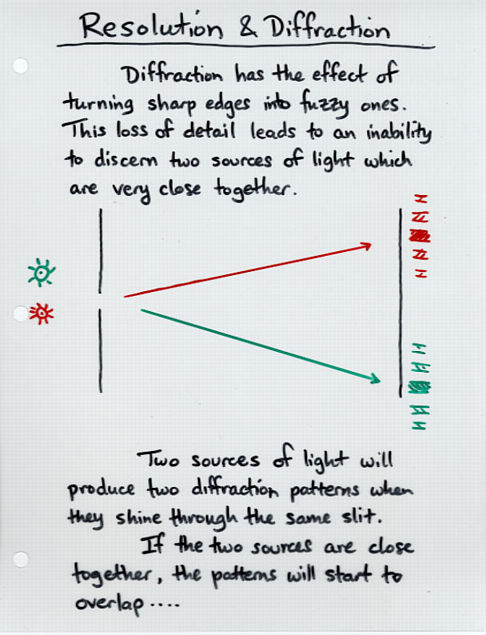

Further, a wide range of surface patterns, including uni- and multiaxial and hierarchical wrinkles, can be readily fabricated.


The use of soft matter substrates, including elastomers, is advantageous as it readily allows optical properties to be tuned by the applied strain, by adjusting surface periodicity and amplitude, in addition to film thickness and mechanical modulus. Mechanochromic response, that is, the change of color under stress, of wrinkled structures has been recently reported, employing various bilayer film structures. Randomly oriented wrinkles were demonstrated to produce uniform bright structural colors with broad viewable angles, which can further be tunable using light sensitive polymers skins. Wrinkled surface structures, found in flowers and insects have been shown to act as surface diffraction gratings, imparting structural color to flower petals such as in the queen of the night tulip and the Hibiscus trionum, as well as enhancing the diffuse reflection in dragonflies Rhyothemis resplendens. Inspired by the abundance of structural color in nature, a range of material synthesis and processing approaches have been developed to design nano- and microstructures, including multilayer films, photonic crystals, and metasurfaces, exhibiting static and variable structural colors, tailored to various practical applications.
#Diffraction gradient skin
Prescribed strain directionality, employing uniaxial, isotropic, gradient strain, and wave-sum wrinkling superposition, as well as skin thickness (and thus d) and amplitude gradients, using facile and scalable fabrication approaches, yield striking spatial color variation, homogeneity, and directionality. By contrast with complex fabrication methods, color tunability and mechanochromic response are readily achieved by adjusting plasma and strain parameters, and by dynamically varying strain (ε ≲ 50%). Surface periodicities 200 nm ≲ d ≲ 3 μm, encompassing the visible spectrum, are investigated in terms of the observed color, intensity spectrum, and color mixing from different diffraction orders, exhibiting good agreement with model predictions. The approach is based on the well-known, mechanically-induced, buckling instability of a supported bilayer, whereby the top glassy “skin” is formed by plasma oxidation. The generation of structural color from wrinkled polydimethylsiloxane (PDMS) surfaces, fabricated by plasma exposure, subjected to uni- and multi-axial, and sequential strain fields is examined.


 0 kommentar(er)
0 kommentar(er)
